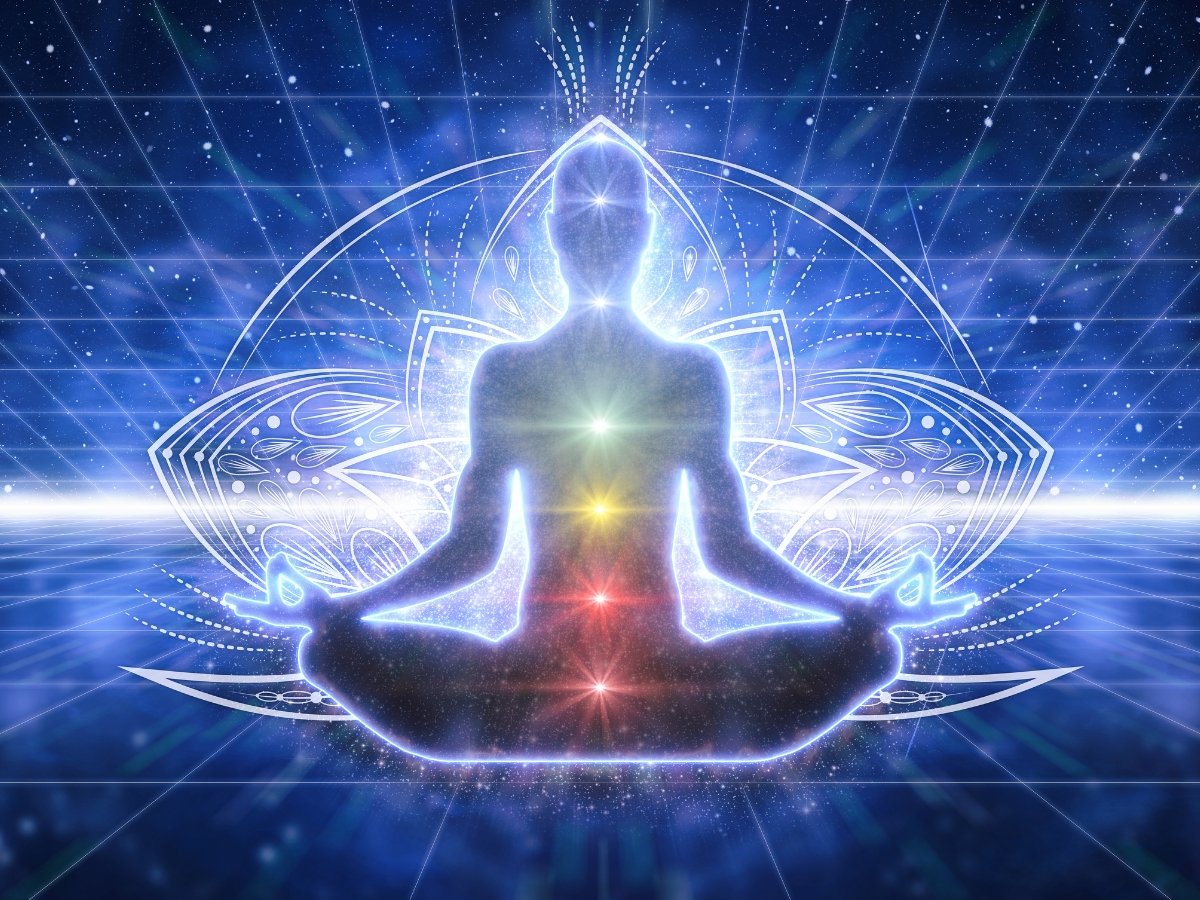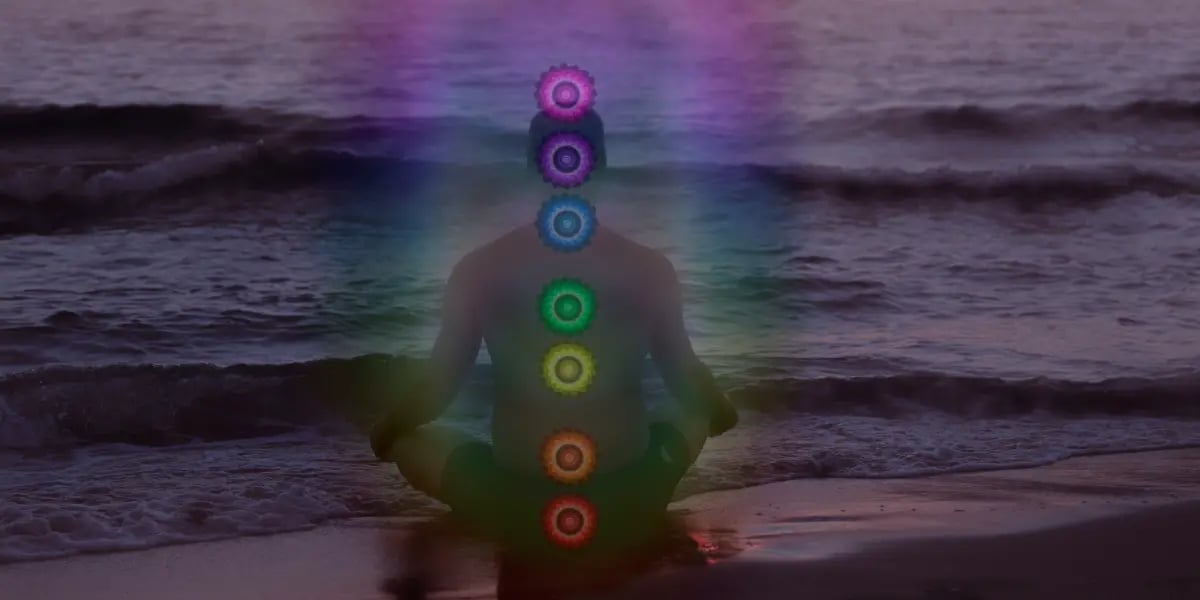Within spirituality and self-discovery, the concept of Kundalini energy holds a profound significance. Across various ancient traditions such as Hinduism, Buddhism, and Yoga, Kundalini represents a dormant, powerful energy residing within each individual.
This blog aims to shed light on the fascinating journey of Kundalini awakening, exploring the signs, processes, and benefits of this transformative experience. As we delve into this mystical realm, we’ll also address common misconceptions and the importance of approaching Kundalini activation with mindfulness and respect.
Whether you are new to this concept or seeking to deepen your understanding, join us on this insightful exploration of unleashing the dormant potential within ourselves
Table of Contents
What is Kundalini’s awakening?

This is the process of arousing the dormant kundalini energy that lies at the base of the spine. Kundalini is often represented as a coiled snake, signifying the potential for spiritual transformation and enlightenment
The process of Kundalini’s awakening is often accompanied by intense physical and emotional experiences, as well as profound spiritual growth. It can be triggered through various spiritual practices, such as yoga, meditation, or breathwork.
Once awakened, Kundalini’s energy is believed to bring about a heightened state of consciousness, Self-realization, and a deeper connection to the divine.
What are the benefits of a Kundalini awakening?

There are several benefits that are associated with a Kundalini awakening:
- Kundalini’s awakening deepens the spiritual connection and sense of purpose.
- Increased vitality and a greater feeling of aliveness.
- Expanded consciousness: Release of emotional wounds, leading to inner peace and compassion.
- Unleashing dormant creative potential and inspiration.
- Improved well-being and strengthened immune system.
- Access to profound mystical states and oneness with the universe.
It’s important to note that this can be a powerful and transformative experience, and it’s recommended to approach it with guidance and support from experienced teachers or mentors to ensure one’s safety and well-being.
What are the signs and symptoms of a Kundalini awakening?
This can manifest in various ways, and the experience is unique to each individual, there are some common signs and symptoms that may indicate a Kundalini awakening:
1. Intense physical sensations: They may be accompanied by various physical sensations such as tingling or vibrating energy, heat or cold waves, and spontaneous body movements or gestures.
2. Emotional upheaval: People undergoing this may experience intense emotional shifts, ranging from extreme joy and bliss to deep sadness, fear, or confusion. Mood swings and heightened sensitivity to emotions are common.
3. Energy surges: The Kundalini energy rising through the body can result in sudden bursts of energy or waves of electrical-like currents in specific parts of the body, often following the path of the spine.
4. Altered states of consciousness: Individuals may experience altered states of consciousness, such as expanded awareness, heightened intuition, and a sense of merging with the universe or experiencing oneness.
5. Sensory experiences: Kundalini awakenings sometimes lead to heightened sensory perception, including vivid dreams, enhanced vision, hearing, taste, touch, and smell, and a greater sensitivity to energy.
6. Physical and psychological purification: As the dormant energy moves through the body, it may activate and cleanse various physical and psychological aspects. This can lead to the release of past traumas, emotional patterns, or physical ailments.
7. Spiritual insights and experiences: This often brings about deep spiritual insights, profound mystical experiences, and a sense of spiritual connection and purpose.
It is important to note that while a Kundalini awakening can be a deeply transformative and enlightening experience, it can also be challenging and overwhelming at times. It is recommended to seek guidance from experienced teachers or practitioners to ensure a safe and balanced journey through this process.
Common Misconceptions about Kundalini Awakening
- Kundalini Awakening is not exclusive to spiritually advanced individuals.
- It is a gradual process, not an instant transformation.
- It doesn’t guarantee paranormal powers or psychic abilities.
- The experience can have challenges and difficult phases.
- It is an ongoing process, not a one-time event.
- Forcing or rushing the process can be harmful.
- It doesn’t guarantee automatic enlightenment or spiritual mastery.
Are there any dangers associated with Kundalini’s awakening?
Yes, there are potential dangers associated with Kundalini’s awakening. When Kundalini’s energy is awakened, it can be powerful and intense, leading to various physical, mental, and spiritual manifestations. Some individuals may experience negative side effects such as intense emotions, physical discomfort, insomnia, hallucinations, or even a temporary loss of sense of self.
If Kundalini’s energy rises too quickly or uncontrollably, it can overwhelm the individual, leading to a condition known as Kundalini syndrome. Symptoms of Kundalini syndrome can include severe physical and emotional disturbances, psychosis, and even a temporary loss of functionality.
It is important for individuals to be prepared and properly guided by an experienced spiritual teacher or practitioner before attempting Kundalini awakening practices. Working with a knowledgeable guide can help to minimize the potential risks and ensure a safe and balanced Kundalini awakening process.
What are the differences between kundalini awakening and spiritual awakening?
They are related but distinct experiences. Kundalini awakening refers specifically to the activation of the kundalini energy, believed to reside at the base of the spine. This awakening involves the upward movement of the energy through the chakras, resulting in a profound transformation and expansion of consciousness.
On the other hand, spiritual awakening is a broader term that encompasses a range of experiences and realizations that lead to a deeper connection with one’s spiritual essence. It can involve a shift in perspective, an increased sense of awareness, and a greater understanding of the interconnectedness of all things. Both awakenings can bring about profound personal growth and a deepening of one’s spiritual path.
Key differences between the two:
- Focus: Kundalini awakening centers on energy movement, while spiritual awakening involves broader experiences of consciousness expansion.
- Subjective experience: Kundalini involves intense physical sensations, while spiritual awakening encompasses inner peace, awareness, compassion, and oneness.
- Process: Kundalini is a specific energy movement through chakras, while spiritual awakening can occur through various means and over different timelines.
It’s important to note that while these definitions help in understanding the concepts, spiritual awakening, and Kundalini awakening are highly personal experiences that can differ greatly between individuals.
How to awaken Kundalini energy?
Rising this energy is considered a deeply spiritual process that should be approached with caution and guidance. Here are some steps you can consider following:
- Find a teacher or guide: Seek experienced guidance for a safe process.
- Cultivate a daily practice: Establish meditation, yoga, and mindfulness routines.
- Focus on breathwork and pranayama: Practice deep breathing techniques.
- Work with chakras: Activate and balance energy centers through visualization and yoga.
- Incorporate mantra and chanting: Use sacred sounds to stimulate Kundalini.
- Engage in Kundalini yoga: Practice Kundalini yoga under a qualified instructor.
- Practice self-inquiry: Reflect and release emotional or energetic blockages.
Remember, It is a complex and potentially intense process that can bring about profound changes in one’s physical, emotional, and spiritual being. It is highly recommended to seek guidance and support from a qualified teacher or guide to ensure a safe and beneficial experience.
What is Kundalini yoga?

Kundalini yoga is a dynamic and transformative practice that focuses on rising and harnessing the dormant kundalini energy. It combines physical postures, breathing techniques, meditation, and chanting to stimulate energy flow and promote spiritual enlightenment. Kundalini yoga combines elements of Hatha yoga, Bhakti yoga, and Raja yoga, making it a unique and powerful practice for those seeking spiritual growth.
How does Kundalini energy work?
This energy is believed to reside in the base of the spine, at the root chakra. Through the practice of Kundalini yoga, this energy can be raised and directed upwards, traveling through the chakras, in the body. As the energy rises, it purifies and opens these energy centers, allowing for the free flow of energy throughout the entire being. This process leads to a heightened state of consciousness and spiritual enlightenment.
Navigating the Spiritual Journey with Kundalini energy
Kundalini, often referred to as the dormant cosmic energy, lies at the core of ancient practices like Kundalini Yoga Meditation. For a yogi, this can be a remarkably powerful spiritual experience, unleashing a profound transformation in their spiritual journey. Under the guidance of a knowledgeable yoga instructor like Yogi Bhajan, the effect of Kundalini Yoga Meditation can be harnessed to awaken this dormant energy, leading to heightened awareness and connection with the divine.
However, the Kundalini rising can also bring about uncomfortable symptoms, both physical and mental, such as those resembling generalized anxiety disorder. Some even question whether this is dangerous. Yet, with the right approach and understanding, yoga can help balance the body and mind during this intense Kundalini experience. As Kundalini is a potent form of spiritual awakening, it’s essential to approach it with respect and caution, seeking guidance and support to navigate the extraordinary journey within. In a yoga class or meditation setting, the profound effects of Kundalini awakening can unfold, offering a glimpse of the vast spiritual potential known as a Kundalini awakening experience.
FAQs
What is the significance of the base of the spine in Kundalini awakening?
The base of the spine, or the root chakra, is where the dormant kundalini energy lies. It is the starting point for the awakening process. When this is awakened, it rises from the base of the spine and moves upwards, activating and energizing each chakra along the way. This upward movement symbolizes the ascent of consciousness and Self-realization
How does Kundalini’s awakening connect to the crown chakra?
The crown chakra, located at the top of the head, is associated with spiritual enlightenment and connection to the divine. As the Serpent’s power rises, it eventually reaches This chakra, leading to a profound state of consciousness and union with the universal consciousness. This connection with this chakra brings about a deep sense of bliss, clarity, and spiritual awakening.
How does Kundalini’s energy relate to the divine feminine energy?
This is often associated with the divine feminine energy, known as Kundalini Shakti. It represents the creative and transformative power within each individual. Rising this energy awakens this feminine energy, leading to self-realization and spiritual growth. This enables a deep sense of intuition, compassion, and creative expression.
What is the role of Tantra in the awakening of Kundalini energy?
Tantra is a spiritual path that embraces the union of opposites and emphasizes the integration of body, mind, and spirit. It provides techniques and practices to activate and direct cosmic energy, leading to spiritual awakening and union with the divine. Tantra teaches us how to harness and channel this energy for personal growth, spiritual connection, and transformation.
Why is the serpent often associated with Kundalini energy?
The serpent is often associated with Kundalini energy due to its symbolism of transformation and spiritual enlightenment. Just like a snake sheds its old skin to reveal a new one, this frees individuals from their old patterns and beliefs, leading to personal growth and spiritual evolution. The coiled snake represents the dormant kundalini energy, while its ascent reflects the awakening and rising of this life-force energy.
Conclusion
In conclusion, exploring the power of Kundalini energy has the potential to be profoundly transformative. This ancient concept, originating in Hindu and Buddhist traditions, views Cosmic energy as a dormant spiritual force residing at the base of the spine.
Through various practices such as yoga, meditation, and breathwork, this energy can be awakened and harnessed for personal growth and enlightenment. The experiences of those who have delved into the realms of Kundalini energy often speak of heightened states of consciousness, powerful energetic sensations, and a deep sense of interconnectedness with the universe.
However, it is important to approach this exploration with caution and guidance, as the awakening of Kundalini energy can also lead to intense spiritual and psychological challenges if not approached with care and respect.

